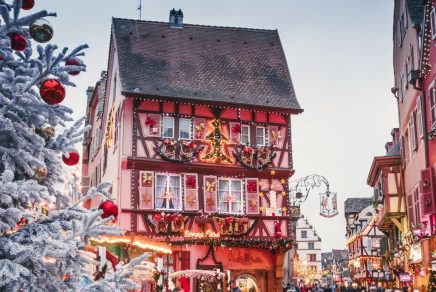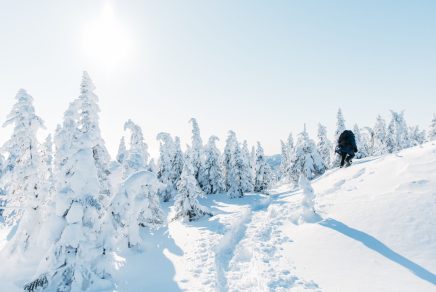Get ready to be amazed by Guyana, a vibrant jewel tucked away on the north-eastern coast of South America. What makes it so special? An astonishing 95% of Guyana remains wild and untouched, making it home to one of the world’s last remaining virgin rainforests. While Guyana may fly under the radar compared to some of its neighbours and isn’t yet widely known for tourism, it has much to offer the adventurous traveller seeking genuine experiences off the beaten track—from the thunderous cascade of one of the world’s most powerful waterfalls to its dense forests and vast savannahs teeming with wildlife.
Welcome to a land pulsing with raw adventure and the warm hospitality of the Guyanese people.
Admire the wildlife
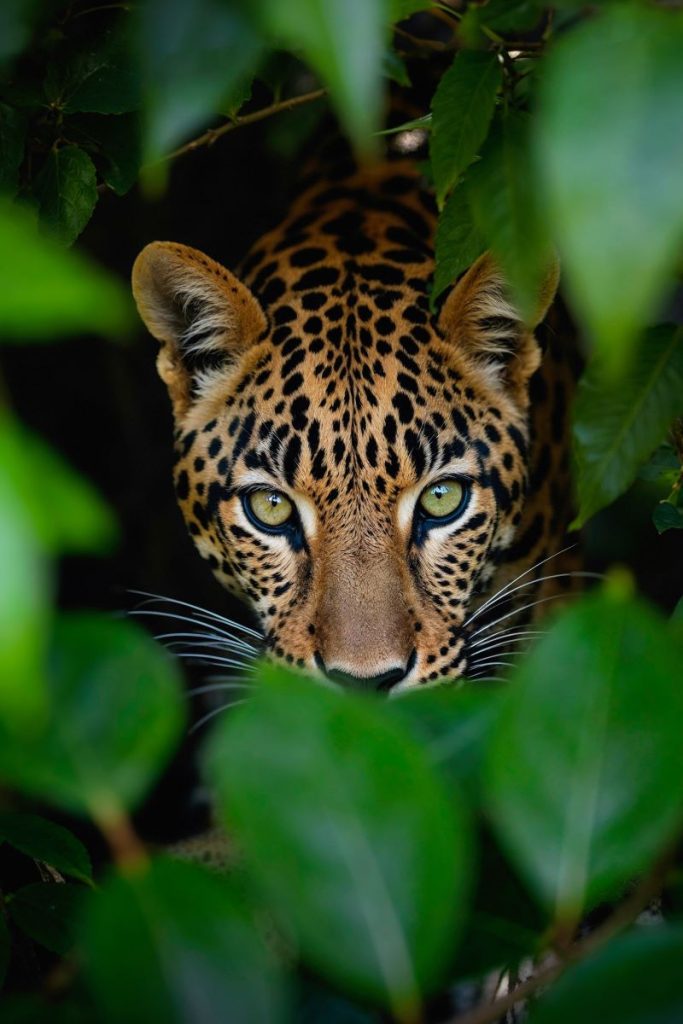
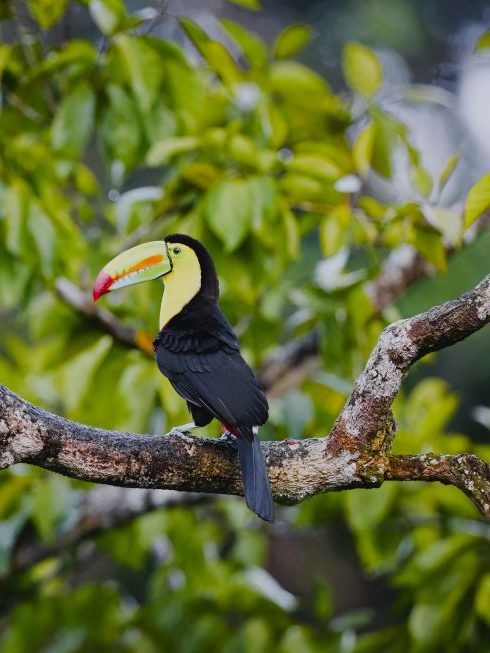
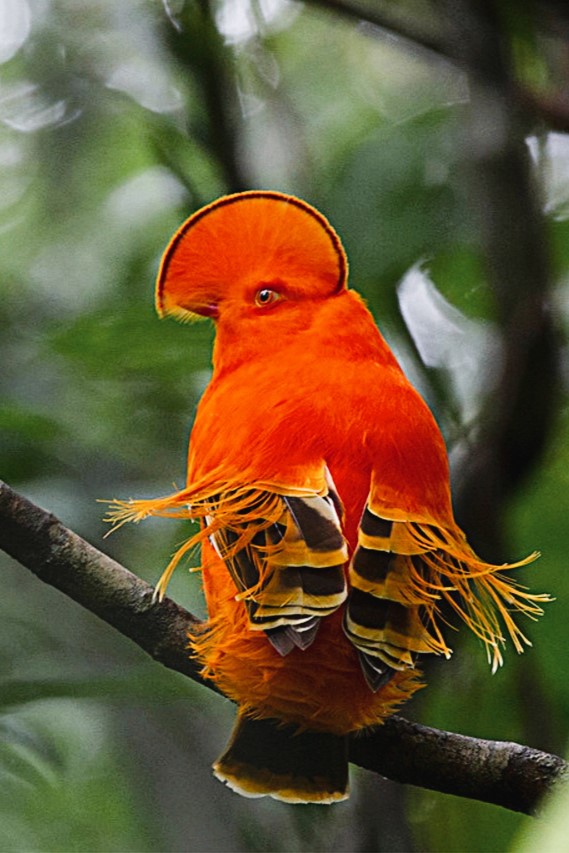
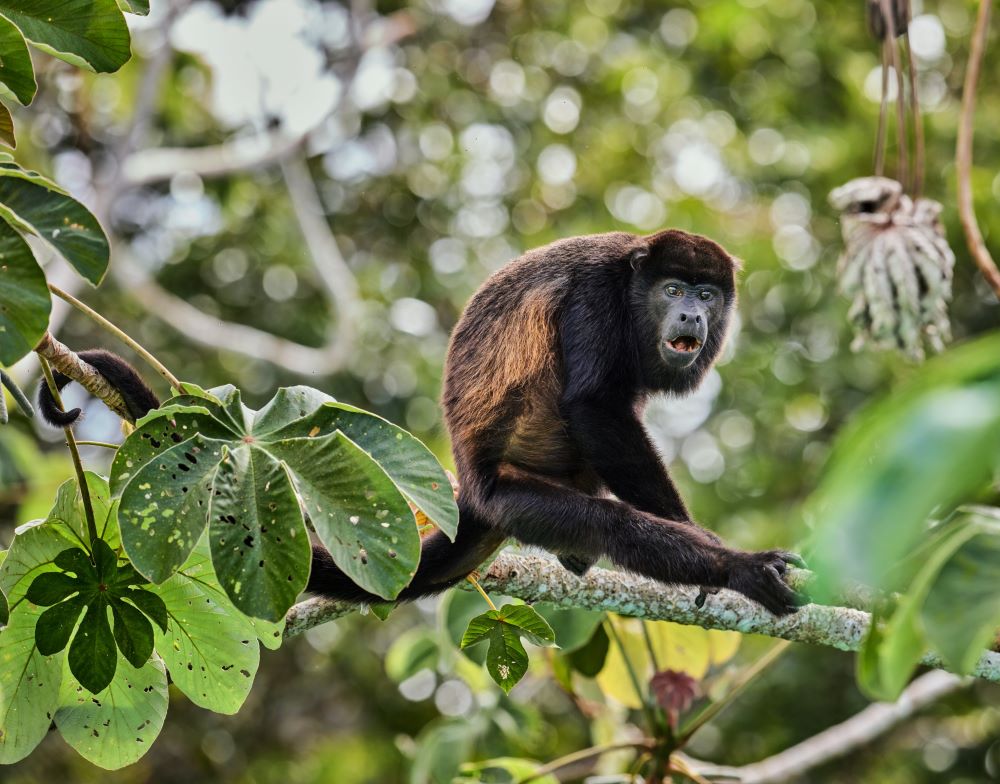
Chances are you’re thinking of going on a trip to Guyana specifically to enjoy the outdoors. Well, prepare to be amazed by the sheer number of species that call this South American country home! Although new species are added every year, records currently show that over 800 bird, 225 mammal, 500 freshwater fish, hundreds of thousands of insect and over 1,200 vibrant butterfly species thrive in Guyana’s rainforests, waterways and savannahs—creating ample opportunities for truly special encounters. A wilderness explorer’s dream destination!
Keep your eyes peeled and your camera ready for these magnificent creatures:
- Jaguar: South America’s largest cat and Guyana’s national animal!
- Giant river otter: The world’s largest otter species, often seen in playful family groups.
- Giant anteater: A truly unique mammal with a long snout and tongue for feeding on insects.
- Black caiman: This reptile is South America’s largest predator!
- Arapaima: The world’s largest scaled freshwater fish.
- Harpy eagle: One of the world’s largest and most powerful birds of prey, also called the flying wolf.
- Green anaconda: The heaviest and one of the longest snake species on Earth.
- Giant armadillo: A solitary and elusive giant of the armadillo world.
- Tapir: A large, herbivorous mammal often found near water sources.
- Capybara: The world’s largest rodent, often seen in groups near rivers and wetlands.
- Red howler monkey: Known for its loud calls that echo through the rainforest.
- Guianan cock-of-the-rock: A vibrantly orange-colored bird with a unique mating display: a half-moon crest on top of their head.
- Tocotoucan: An iconic bird with a large, colorful bill.
- Morpho butterflies: Large, iridescent blue butterflies than can span up to 20 centimeters wide.
- Golden rocket frog: A tiny, brightly colored frog endemic to the Kaieteur Falls region.
See the majestic Kaieteur Falls
No visitor has ever been indifferent to Kaieteur Falls! Tucked away in the heart of its namesake National Park, it’s one of the most powerful and highest waterfalls on earth. At 225 metres, it dwarfs Niagara Falls in both height and sheer force. It’s truly an otherworldly experience!
Kaieteur National Park is one of the first protected areas in all of Latin America and the Caribbean, safeguarding a vital part of the ancient Guiana Shield, a 2-billion-year-old geological marvel and one of the most biodiverse regions on Earth. Indeed, visitors will likely meet golden rocket frogs, river otters, iridescent-blue morpho butterflies and jaguars, to name a few specimens. Guides will happily point those out!
While Kaieteur Falls proudly stands as Guyana’s most popular attraction, rest assured you won’t find tourist traps here as there are no restaurants and no hotels. Its immunity to mass tourism stems directly from the sheer remoteness of the Potaro-Siparuni region. The silver lining? The infrastructure surrounding the falls remains wonderfully low-key, allowing the breathtaking natural environment to take center stage—not souvenir shops.
The best way to see Kaieteur Falls is to opt for a chartered flight as part of a guided tour, offering travellers convenient same-day departures and returns from Georgetown.
Discover the capital, Georgetown

Georgetown, Guyana’s vibrant capital and most populous city, is a study in contrasts. The lingering echoes of colonial architecture stand alongside the raw, unfiltered energy of daily life—most palpable in its bustling markets and lively waterfront. It’s a sensory-rich (and at times overwhelming) introduction to the country’s layered identity, shaped by Indigenous, Indian, European, and Caribbean influences.
Here are the must-sees while exploring Georgetown:
- St. George’s Cathedral: Stand in awe of this Anglican masterpiece, one of the world’s tallest unsupported wooden structures. The stained glass windows tell tales of Guyana’s colonial past and religious heritage.
- Stabroek Market: Brave the chaos of Stabroek Market, a bustling hub where local vendors hawk everything from fresh produce and seafood to clothing and household goods. It’s a fantastic place to witness the rhythm of Guyanese life and perhaps haggle for unique souvenirs.
- Kingston seawall: Join locals as you take a leisurely walk or rent a bicycle to cruise along the scenic seawall and enjoy picturesque views.
- Guyana Botanical Gardens: Wander through this sprawling green oasis to admire the diverse collection of tropical flora, local birdlife, and manatee pond. A peaceful respite!
- National Museum of Guyana: Journey through Guyana’s past and present, from its indigenous roots and colonial era to its independence and cultural development.
- Colonial architecture: Take a walking tour to appreciate the well-preserved colonial-era architecture scattered throughout Georgetown, notably City Hall and the Victoria Law Courts.
- Bourda Market: A quieter alternative to Stabroek Market. Browse the stalls overflowing with fresh produce, spices, meats, and local delicacies, and engage with the friendly vendors.
- Canal tour: Consider a boat tour to explore the network of canals that weave through Georgetown, remnants of Dutch engineering.
Book (well in advance) a meal at Backyard Cafe
Don’t even bother asking for a menu!
The intimate experience unfolds in Chef Delven Adams’ very own backyard, where he creates a daily, off-menu masterpiece based on the freshest market finds and his own inspired creativity. Travellers can expect a vibrant, ever-changing menu of authentic Guyanese dishes, with everything from freshly caught fish to coconut libations and an abundance of local fruit.
But here’s the rub: space at Backyard Cafe is extremely limited (literally backyard-sized). Make your reservations as far in advance as possible to guarantee a place at this unforgettable Guyanese culinary highlight! You’ll thank us later.
Travel to Surama village
Get ready for a heartwarming experience in Surama, tucked away in Guyana’s sunny Rupununi! These incredible eco-tourism lodges, which are community-owned and run by the indigenous Makushi people, throws open its arms to visitors eager to connect with their culture and stunning natural surroundings. Imagine staying in locally crafted benabs, acquiring a new skill with a handicraft workshop, and learning about their deep connection to the surrounding savannah and rainforest.
Don’t skip this unique opportunity to make genuine connections and dive head-first in the community’s commitment to sustainable tourism, witnessing the harmonious coexistence between people and nature.
It’s also an exciting launchpad for adventures into the nearby Iwokrama Rainforest and the Rupununi wetlands!
Explore the untouched Iwokrama rainforest
Discover the remarkable Iwokrama Rainforest, a vital conservation area and a treasure trove of biodiversity—this area alone is home to approximately 200 mammal species and an astonishing 500 bird species!
Whatever you do here, make the short hike to the Iwokrama Canopy walkway, a series of suspension bridges offering a unique perspective on the rainforest’s upper reaches. From this vantage point, you’ll get unparalleled access to the diverse flora and fauna thriving high above the forest floor, for a better understanding of the crucial efforts in rainforest preservation.
For a complete experience, consider staying overnight at one of the community-owned Iwokrama River lodges, where you’ll share meals with local rangers and scientists that are always more than happy to share their best wildlife stories. Make sure to arrange for a night visit to the rainforest for an entirely different experience!
Hop on an Essequibo River tour
For an adventure beyond Georgetown, an Essequibo River tour is a good place to start! Cruise Guyana’s biggest waterway, discover lush islands teeming with wildlife (the river is home to over 365 islands, some of which are still unexplored to this day), step back in time exploring Dutch forts, and have lunch with the famously laid-back residents of Sloth Island.
Most Essequibo River tours conveniently depart from Georgetown in the morning and include a refreshing swim at Baracara Falls.
Stay at Karanambu Lodge for a top eco-tourism experience
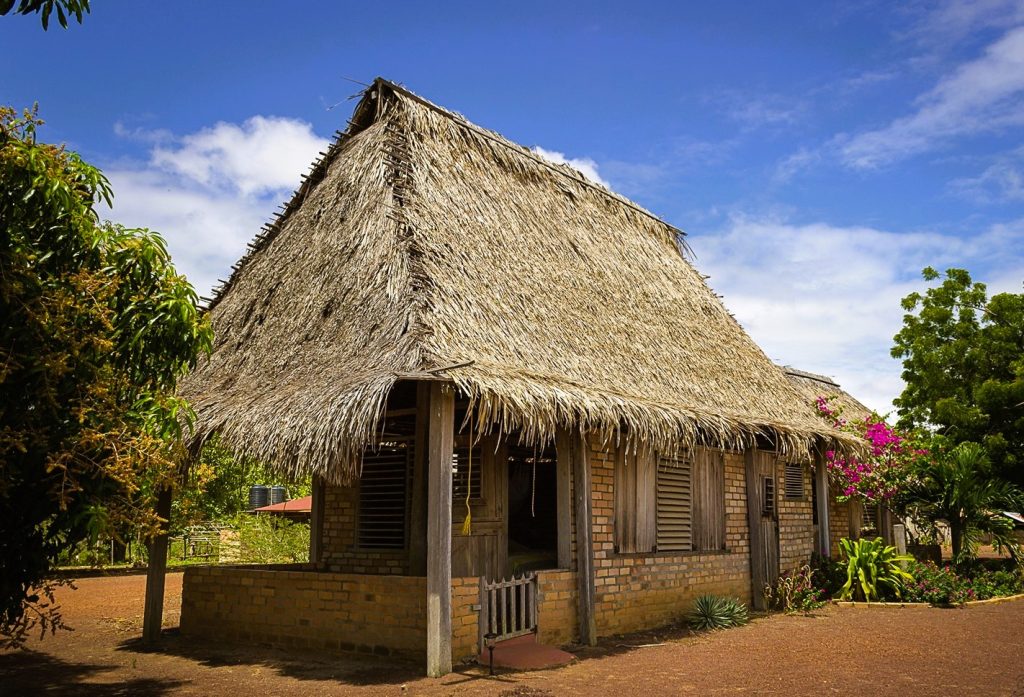
Karanambu Lodge, nestled in the Rupununi savannah, a realm of golden grassland that stretches across southwestern Guyana, isn’t just a hotel—it’s a bucket-list-worthy, once-in-a-lifetime experience. It’s also a frequent location for BBC nature documentaries.
Once a cattle ranch, it now protects incredible wildlife, notably the iconic giant river otters championed by Diane McTurk. Wake to the symphony of birds in charming cabins, then explore diverse wetlands and savannahs by boat or jeep, seeking giant anteaters and black caiman.
This is your chance to connect with the wild heart of Guyana and its inspiring conservation efforts. Something you’ll treasure forever.
Indulge in the vibrant flavors of Guyanese cuisine
Guyana boasts the largest Indian migrant population in South America, a fact that deeply enriches its already diverse food scene. This unique demographic tapestry, interwoven with African, Creole, Portuguese, indigenous, and Chinese influences, has created a flavorful fusion unlike any other.
A few building blocks of Guyanese gastronomy:
- Cook-up rice: The national dish of Guyana! A hearty one-pot meal typically featuring rice, peas (often black-eyed peas or pigeon peas), various meats (like salted beef, chicken, or pork), coconut milk, and sometimes vegetables like okra or pumpkin.
- Pepperpot: A rich, dark, and intensely flavored stew, traditionally made with meat (usually beef, pork, and oxtail), cassareep (a bitter-sweet sauce made from cassava), and a blend of spices including cinnamon and cloves.
- Metemgee: A hearty and comforting one-pot stew featuring ground provisions (like cassava, eddoes, plantains, sweet potatoes), coconut milk, dumplings (“duff”), and often salted fish or meat.
- Fish curry & rice: Fresh fish (like snapper or kingfish) cooked in a fragrant and flavorful curry sauce, typically served with fluffy white rice.
- Bake & saltfish: A popular breakfast or snack. “Bake” is a type of fried dough, often slightly sweet, served with sautéed saltfish (dried and salted cod) cooked with onions, peppers, and tomatoes.
- Cassava bread: A traditional flatbread made from grated cassava, often served as an accompaniment.
- Pine tart: A sweet and tangy pastry filled with spiced pineapple, a popular dessert or snack.



